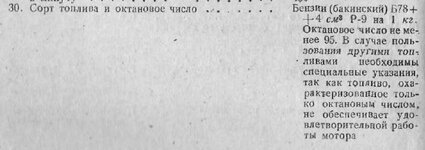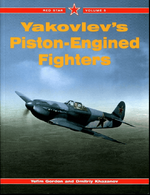Shortround6
Lieutenant General
Not sure how we transitioned from power to weight of the engines to power to weight of the aircraft. Not the same thing.I'm not entirely sure how the power-weight ratio works for aircraft, but would it be fine to use lower powered engines if they're significantly lighter? Certain Japanese fighters were made with this in mind, the Ki-44 in particular was an excellent aircraft utilizing the same design principal. If so, then they likely wouldn't need to push past around 1,750 on the 14R while maintaining its light weight.
High powered aircraft engines were pushing the technology boundaries of engine design and materials in the late 30s and during the 40s. There were times when aircraft engines running on gasoline beat the power to weight numbers of Formula 1 engines running on exotic fuel blends (large amounts of Methanol) and did it at 3-5000 meters, not sea level AND displayed much better reliability.
Unfortunately for the French their engines needed total redesigns even after the war and some of their numbers don't seem to line up well with their contemporaries.
Very few (if any) air cooled engines were pushed to higher power levels while maintaining light weight. Engine in the Ki-44 gained 90 kg between the Ki-44-1 and Ki-44 II.
Used cylinders the same diameter as the G-R 14s but shortened the stroke from 165mm to 160mm. Displacement dropped from 38.7 liters to 37.5 liters.


